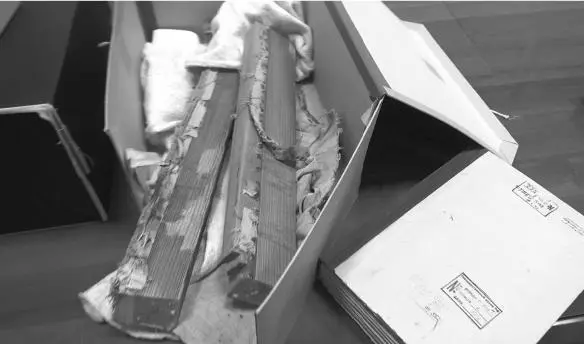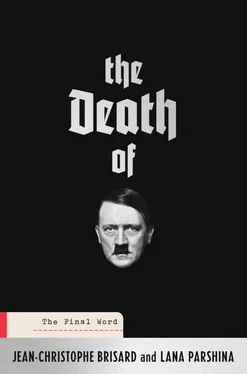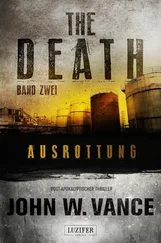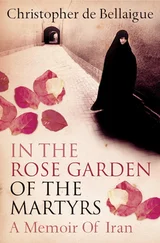
Parts of the sofa taken from the Führerbunker in Berlin in May 1946 (GARF)
Does Larisa Rogovaya, the director of GARF, know that we’re in here with these historical pieces of forensic evidence? Has she organised this little show? It would be amazing if not. Nothing can be decided without her agreement. Certainly not after the dubious episode with the American archaeologist. I don’t let Lana get in her phrase about the “human factor” again, and pick up the thread of our questions with our new best friends, Dina and Nikolai. “Apart from the skull, there were these bits of wood,” she confirms. “At first, when we took the boxes out of the safe, we had no idea what they could be. When we did some searching, we found a piece of paper. It said: ‘This is a piece of Adolf Hitler’s skull. It must be transferred to the State Archives.’ Without intending to, we had shed light on one of the biggest mysteries since 1945.”
The cult of secrecy, the endless care with which information was hidden away, and punishments for neglecting to obey these two rules: Dina’s professional life, over a long time, is simply summarised here. Of course the archivist wasn’t part of the KGB, but she still had to behave like a spy. Not out of pleasure, but out of obligation. The staff of the Soviet State Archives, depending on their seniority and level of accreditation, were all subject to the same paranoid surveillance by the authorities. Quite simply because they had access to the heart of the matrix of the regime: its deepest, darkest secrets. The Katyn massacre, those thousands of Polish officers executed in a Russian forest on Stalin’s orders during the Second World War, the little arrangements made with the leader of nationalist China, the right-winger Chiang Kai-shek, against Mao the Communist, or internecine battles within the Red Army. Whoever controls the archives can rewrite official history and, with a click of the fingers, destroy the legends that have shaped it. Why should we be surprised that, unlike many states, Russia continues to keep its past locked away? Today, the conditions for consulting the archives remain basic: on the one hand there are open documents, and on the other those that might damage the higher interests of the state. The latter fall under the category “sensitive,” and can only be consulted with express authorisation from the very highest levels of the regime. Which is to say, hardly ever. The problem with Russian documents is that they can all fall under the heading of “sensitive.”
Dina, with her simple post as an archivist, had to accept the life of a pariah without even the frisson of adventure. At least until the fall of the regime, late in 1991. “The USSR was a different time, with different rules,” she acknowledges with a pout. Is it a pout of disapproval or nostalgia? “In 1975 life wasn’t the way it is today. I’m talking about mentalities, material comforts, everything… We had instructions that had to be respected. And so many things were related to ‘defence secrets’…” One of the most important of those instructions was to be suspicious of everyone. Of your colleagues, your neighbours, your own family. And to report the smallest subversive action to your superiors. Finding Hitler’s skull hidden in a box at the back of a safe in the archives–was that subversive? Potentially yes.
After its discovery, there was no going back for Dina. She had to report it to her superiors. Very quickly, it appeared that nobody in her service had ever heard of this human fragment. “I think only my predecessor knew it was there. But since he had disappeared, I never got to the bottom of this affair.” Is that all? Dina finds Hitler’s skull and the story stops there? Wasn’t she rewarded? A promotion, a bigger apartment in a part of the city for deserving citizens? “None of any of that. The director of the archives asked me never to talk about it. You can’t understand, you’re both too young. You, Lana–you’re Russian, aren’t you? You’ve known the Soviet system?“ Lana has forgotten nothing. She often speaks emotionally about the USSR, the way one remembers distant childhood memories. Brezhnev had got fat and old and he was still in charge of the country when Lana was born. That was in 1978. Only a few years after Dina’s adventure. “The atmosphere was very special at that time,” the old archivist continued. “Very special. Any information like the business about the skull could end the life of someone who couldn’t hold their tongue. Hitler and his bones were still classified as ‘top secret.’ For all those years, I never broke my vow of silence.”
Nikolai has set down a photo album in front of us. He probably knows the ins and outs of his colleague’s history so much by heart that he doesn’t need to pay attention to it. The album contains a series of black-and-white photographs neatly glued in and surrounded by a frame drawn in black ink. Each of the photographs has a caption, long or short, handwritten with great care.

Photos of the New Reich Chancellery and entrance of the bunker taken in May 1946 (GARF)
Lana translates them for me. “Entrance of the New Reich Chancellery… Gardens of the Chancellery… Entrance of the bunker…” We are holding in our hands the photographic record of the investigation into the death of Hitler. It’s dated May 1946. It contains everything, the external views of the bunker, the inside too, and particularly the scene of the crime, or at least the suicide. But no body. The sofa on which Hitler was supposed to have died was photographed from every angle. Front, side, underneath–nothing is omitted. The back rests in particular held the attention of the investigators. And rightly, since the dark drips appear clearly on the right-hand side of the sofa. On the following page, there are more photographs of the back rests, but this time they have been removed from the rest of the sofa. The precise caption: “Pieces of the sofa with traces of blood. These pieces have been removed to be used as evidence.” Their shapes and sizes correspond feature for feature with the pieces of wood that Nikolai has brought us. “They’re the same,” Dina confirms. “The Soviet secret services removed them from the sofa to bring them to Moscow. They hoped to analyse these traces of blood and check that they were Hitler’s.” Nikolai picks up one of these pieces of wood and shows us the section of the back rest from which the Soviet scientists took their samples in May 1946. Obviously the archivist doesn’t wear sterile gloves. Does he know that he might be destroying any potential traces of DNA? He doesn’t understand when we point this out. What was the result of the samples taken in 1946? “It was blood type A,” Dina goes on. A very widespread blood group in the German population (almost 40 per cent), and more importantly one which, according to Nazi doctrine, proved membership of the “Aryan race.” Of course, it was Hitler’s blood group. The last few pages of the album linger on the skull. The one believed to be Hitler’s, the one we had been able to see for a few moments in that very room. In one of the photographs, an arrow drawn in red points to a hole in the skull.
The Soviet secret services suggest that it looks like the entry wound of a projectile. If the skull is indeed that of the Nazi dictator, it means that he received a bullet directly to the head. A sacriligious hypothesis in 1975. And very dangerous for Dina. Until the fall of the Soviet Union, Moscow wouldn’t let go. Hitler killed himself with poison, the weapon of cowards in the eyes of the Soviet rulers. This version, validated by Josef Stalin, failed to stand up if the skull with the bullet wound was made public.
Читать дальше














